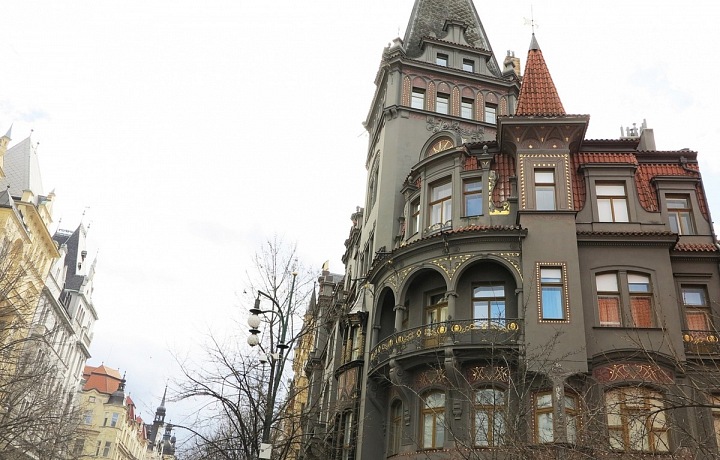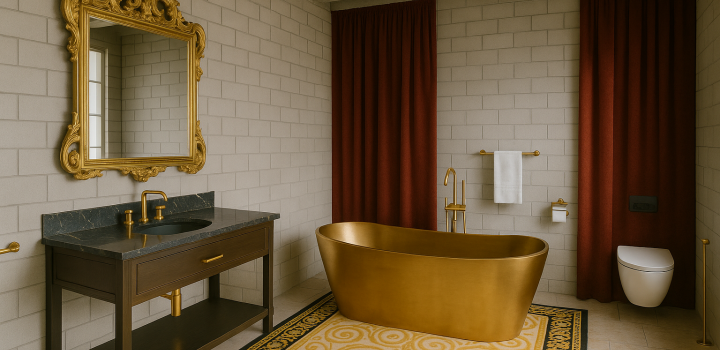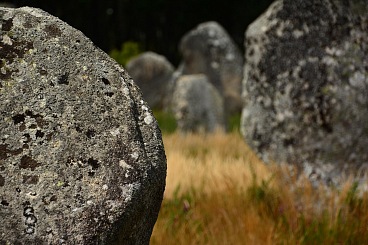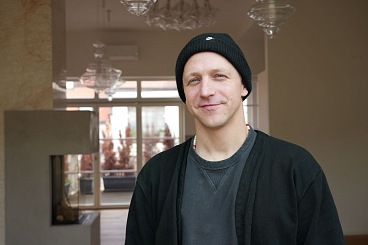Richard Klenka: bizarre and luxurious houses in Prague
Maiselova ulice, Strossmayerovo náměstí, Václavské náměstí and the famous Pařížská are the locations which we have set our sights on.
Unique and luxurious architecture
The architecture of Richard Klenka is characterised by its unique nature and original decoration which you will not find on any other houses than his. If it had been up to him alone, the decoration and fittings of all the Prague houses which he designed would have been even richer and more luxurious. However, the advocates of modernism of that time were often offended by his designs, so the architect had to hold back a little. Apart from the wealth of decoration and use of luxurious materials, he also strove to ensure that his houses had large windows and conservatories.
The “gold-plated” U Synagogy house on Pařížská
One of Klenka’s buildings which is for example to be found on Pařížská is the U Synagogy house which attracts visitors from afar with its “golden” decoration, enticing them to come and at least have a quick glance. The building was recently renovated and visitors can go for lunch or dinner in the luxury restaurant which is located here.
Maiselova 21: luxury in a place you probably wouldn’t expect to find it
Not far from here, at Maiselova 21, stands anther house designed by Klenka. It was designed in collaboration with František Weyr.
The five-floor apartment block is rightly regarded as a luxurious building. It was built in 1911 and can you guess what the most luxurious thing about it was? You might be surprised, but it was the coal lift! This was something unheard of at that time. And it was a lift par excellence. The lift shaft was protected by a decorative Art Nouveau grille and still is today. The interior of the building is supremely elegant and the spacious flats indicate the luxurious nature of the house. This is to say that the flats in this building usually had 4 rooms, 2 toilets, a maid’s room, a laundry room, box room and 2 pantries.
Hotel Ambassador and a house in Holešovice
Klenka also collaborated with Weyr on creation of the famous Ambassador Hotel on Václavské náměstí. You can admire another of his great works at Strossmayerovo náměstí 965 in Holešovice, standing directly opposite the Church of St. Anthony. His desire for large windows is quite evident in precisely this building.
Richard Klenka
Richard Klenka first studied architecture in Prague and later in Paris, where he started to work in his field. And his career path took him a relatively long way. In 1900 for example, he prepared plans for universal exhibition pavilions. He later worked in Prague under František Buldra, before setting up on his own and started learning to draw at the School of Applied Arts. He made his mark on history with the original architectural works mentioned above and various others.

















